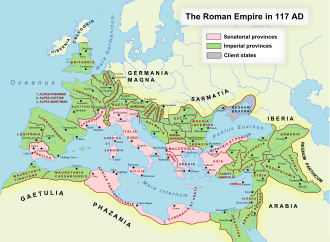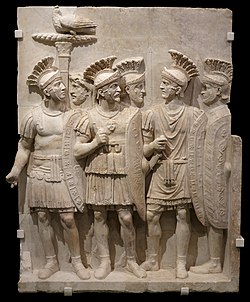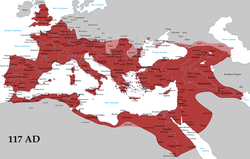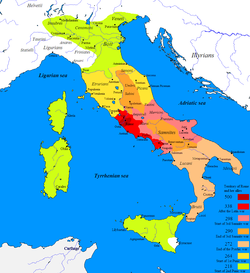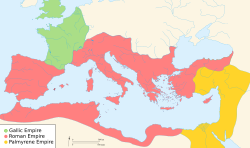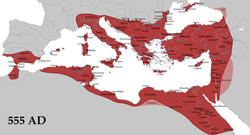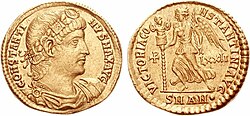
The following outline is provided as an overview of and topical guide to ancient Rome:
Contents
- Essence of Ancient Rome
- Geography of ancient Rome
- Government and politics of ancient Rome
- Political institutions of ancient Rome
- Roman law
- Military of ancient Rome
- General history of ancient Rome
- Roman historiography
- Works on Roman history
- Culture of ancient Rome
- Architecture of ancient Rome
- Art in ancient Rome
- Social order in ancient Rome
- Religion in ancient Rome
- Language in ancient Rome
- Economy of ancient Rome
- Scholars
- Ancient
- Modern
- Ancient Roman lists
- See also
- References
- External links
Ancient Rome – former civilization that thrived on the Italian Peninsula as early as the 8th century BC. Located along the Mediterranean Sea and centered on the city of Rome, it expanded to become one of the largest empires in the ancient world. [1]
